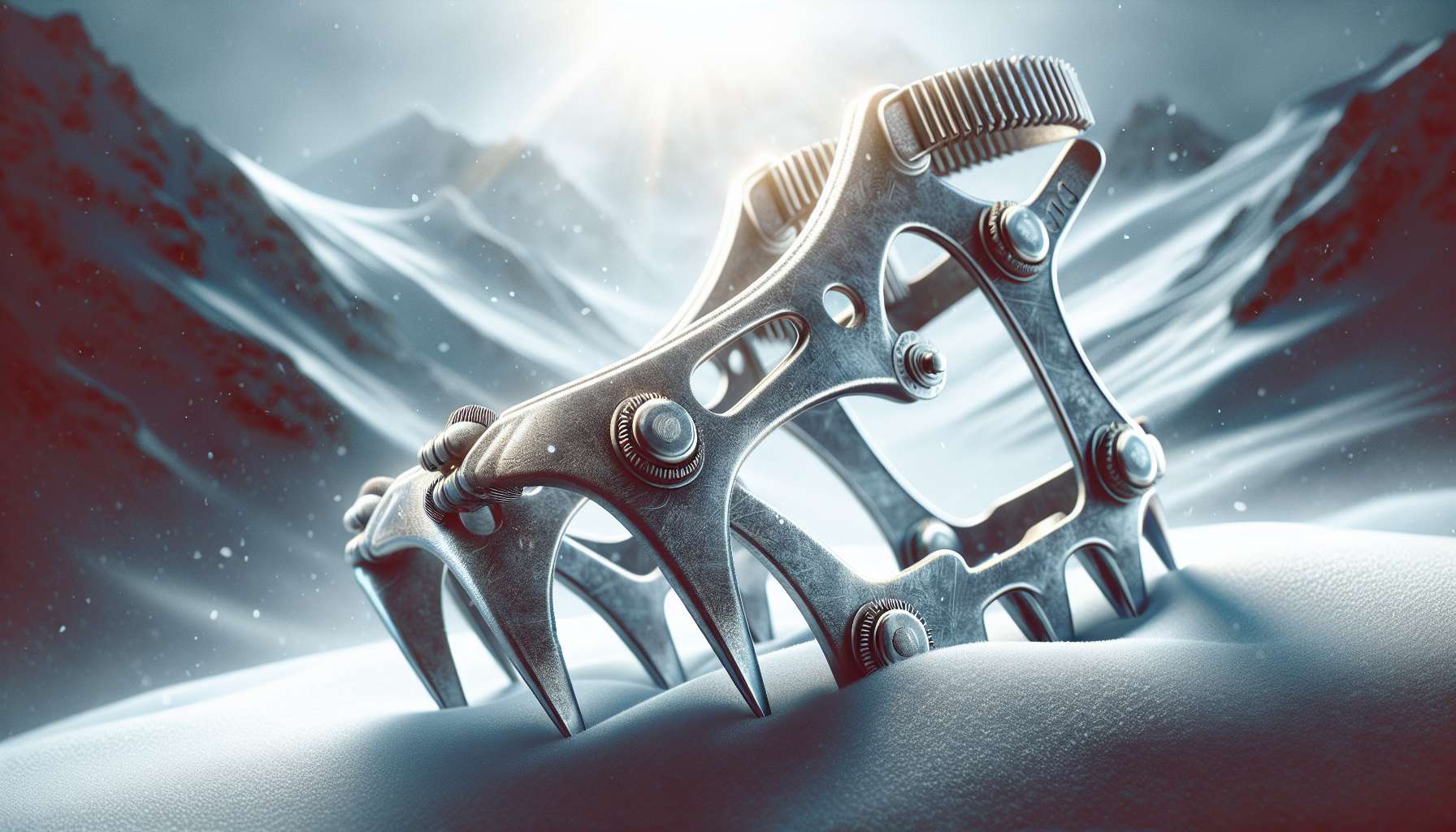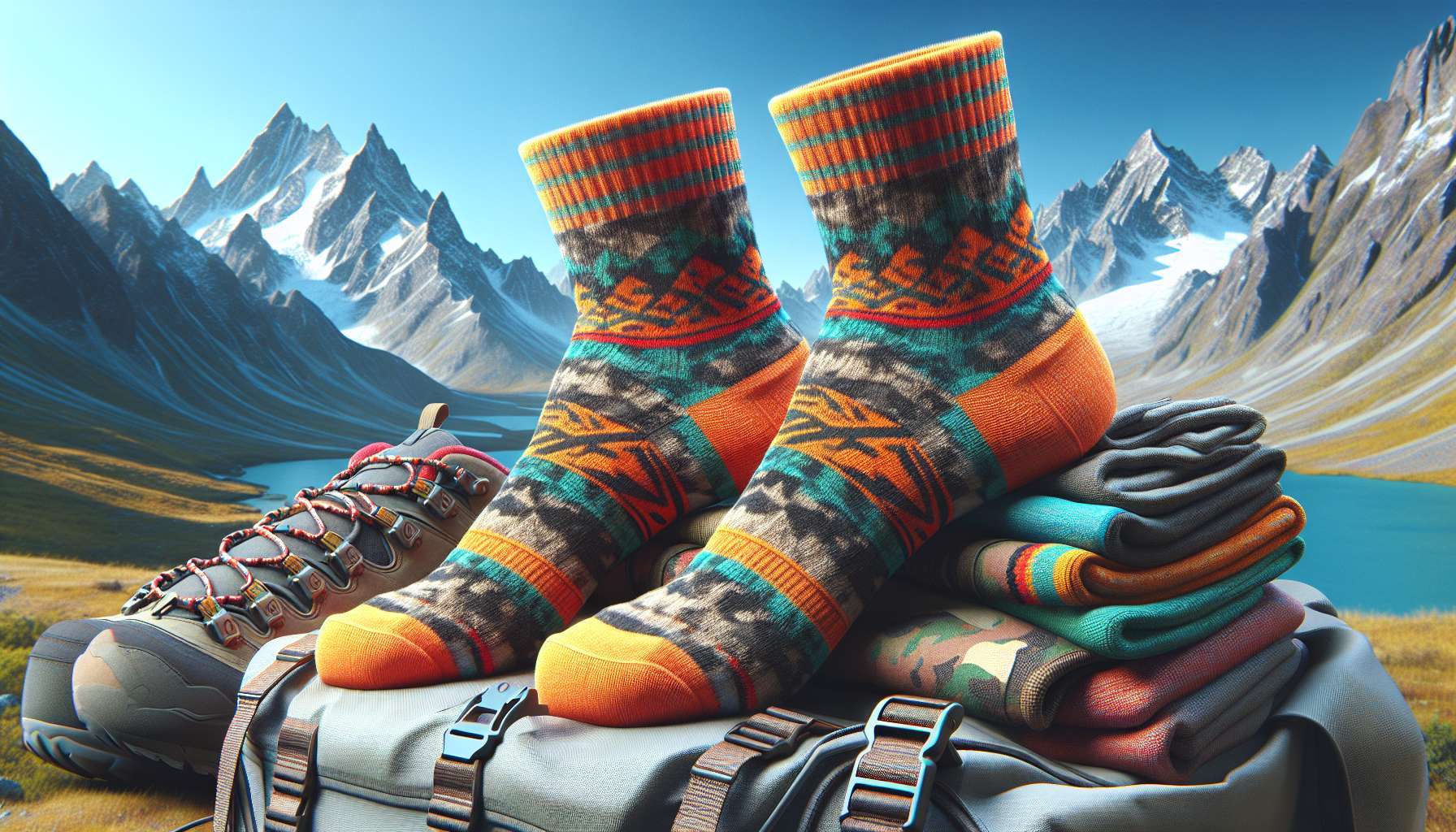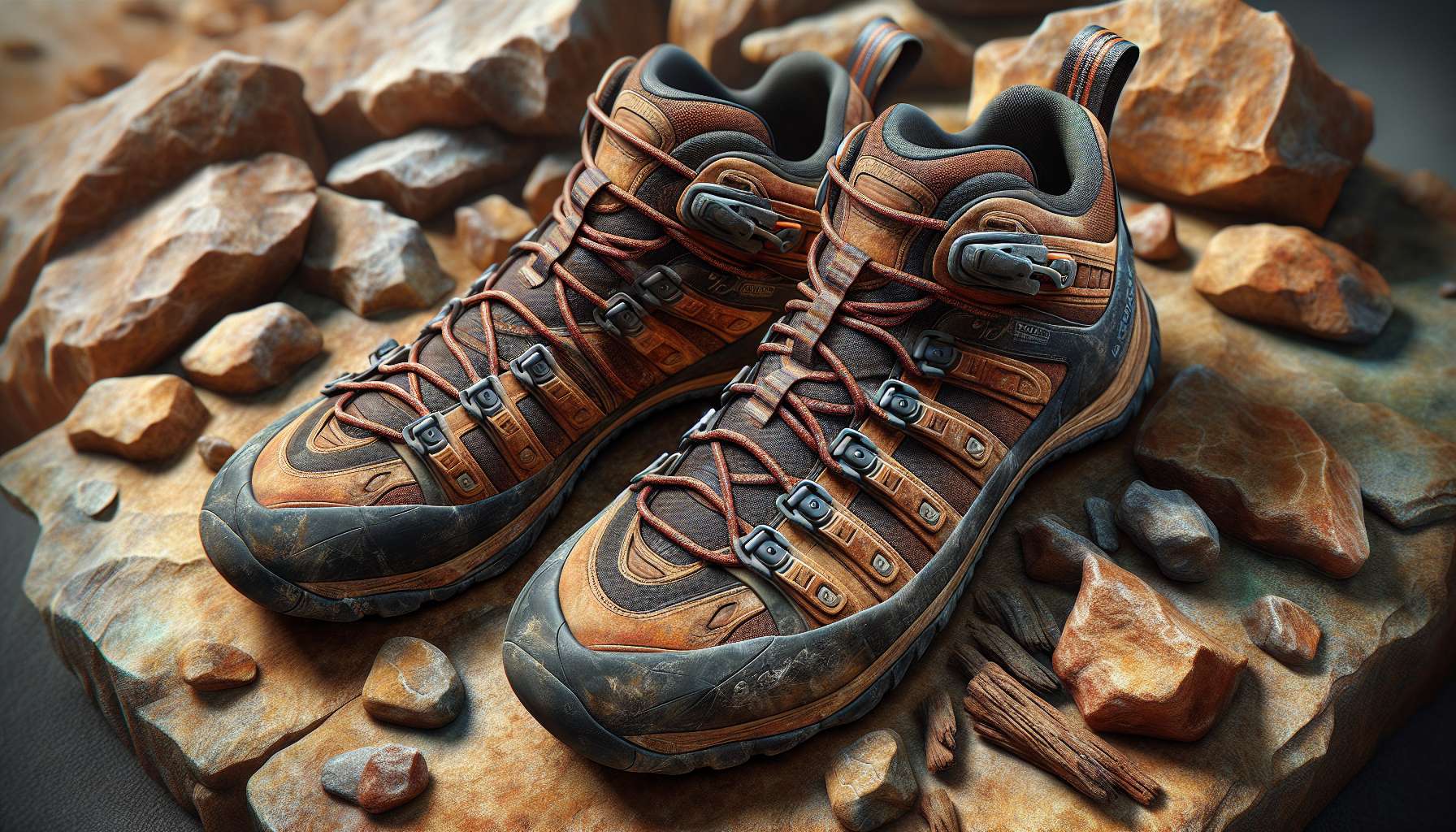The Comprehensive Guide to Crampons
When it comes to outdoor adventures in icy or snowy conditions, having the right gear can make all the difference between a successful journey and a perilous one. One essential tool for navigating challenging terrain is the humble yet crucial crampon. These spiked devices that attach to the soles of boots provide traction on slippery surfaces, allowing climbers, hikers, and mountaineers to move safely across icy slopes and glaciers. In this comprehensive guide, we will delve into the world of crampons, exploring their history, design, applications, and much more.
The History of Crampons
The origins of crampons can be traced back to the indigenous people of the Arctic regions who crafted spiked shoes for walking on ice and snow. However, the modern crampon as we know it today was developed in the 19th century by mountaineers in the Alps. These early crampons were made of iron and featured simple spikes that provided traction on icy surfaces.
Over the years, crampon design has evolved significantly, with advancements in materials and construction techniques. Today, crampons are typically made of lightweight yet durable materials such as stainless steel or aluminum, with adjustable straps or bindings to fit a variety of boot sizes.
The Anatomy of a Crampon
A typical crampon consists of several key components, each serving a specific purpose in providing traction and stability on icy terrain. The main parts of a crampon include:
Front Points: These are the forward-facing spikes that dig into the ice or snow, providing grip while ascending steep slopes.
Secondary Points: These are the additional spikes on the sides of the crampon that offer stability and traction on uneven terrain.
Frame: The frame of the crampon provides structure and support, connecting the front and secondary points to the binding system.
Bindings: The bindings are the straps or clips that secure the crampon to the boot, ensuring a snug and secure fit.
Understanding the anatomy of a crampon is essential for proper usage and maintenance, as each component plays a crucial role in the overall performance of the device.
Types of Crampons
There are several different types of crampons available, each designed for specific activities and terrain conditions. The main categories of crampons include:
Mountaineering Crampons: These crampons are designed for technical climbing on steep ice and mixed terrain. They typically feature sharp front points and aggressive secondary points for maximum traction.
Hiking Crampons: These crampons are more lightweight and flexible, making them ideal for hiking on icy or snowy trails. They usually have less aggressive spikes and are easier to attach to hiking boots.
Ice Climbing Crampons: These crampons are specifically designed for vertical ice climbing, with longer and more pronounced front points for penetrating hard ice.
Choosing the right type of crampon depends on the intended activity and terrain, so it’s essential to consider these factors before making a purchase.
Applications of Crampons
Crampons are a versatile tool that can be used in a variety of outdoor activities and environments. Some common applications of crampons include:
Mountaineering: Crampons are essential for climbing steep and icy slopes in mountainous regions, providing the necessary traction and stability for safe ascents.
Ice Climbing: Ice climbers rely on crampons to navigate vertical ice walls and frozen waterfalls, using the spikes to grip the ice and advance up the route.
Hiking: Hikers often use crampons to traverse icy or snowy trails in winter, ensuring a secure footing and reducing the risk of slips and falls.
Whether you’re a seasoned mountaineer or a casual hiker, having a good pair of crampons can enhance your safety and performance in challenging winter conditions.
Caring for Your Crampons
Proper maintenance and care of your crampons are essential to ensure their longevity and performance. Here are some tips for keeping your crampons in top condition:
Regular Inspection: Before each use, check your crampons for any signs of wear or damage, such as bent spikes or loose bindings.
Cleaning: After use, clean your crampons with water to remove dirt, snow, and ice buildup. Dry them thoroughly to prevent rust and corrosion.
Storage: Store your crampons in a cool, dry place away from direct sunlight to prevent damage to the materials.
By following these simple maintenance tips, you can ensure that your crampons remain in optimal condition and continue to provide reliable traction on the icy terrain.
Expert Opinions
We reached out to several outdoor experts and mountaineers to get their insights on the importance of crampons in outdoor activities. Here’s what they had to say:
“Crampons are a game-changer when it comes to navigating icy terrain. They provide the confidence and security needed to tackle challenging climbs and hikes in winter conditions.” – John, Experienced Mountaineer
“I never leave for a winter hike without my crampons. They have saved me from numerous slips and falls, allowing me to enjoy the beauty of snow-covered landscapes with peace of mind.” – Sarah, Avid Hiker
These expert opinions highlight the critical role that crampons play in outdoor adventures, underscoring their importance as a safety tool in icy conditions.
Conclusion
To wrap things up, crampons are a vital piece of equipment for anyone venturing into icy or snowy terrain. Whether you’re climbing a mountain, ice climbing, or hiking in winter, having the right pair of crampons can make a significant difference in your safety and performance. By understanding the history, design, and applications of crampons, you can make informed decisions about which type to choose and how to care for them properly. So, next time you head out into the winter wilderness, don’t forget to strap on your crampons and step confidently into the snowy unknown.
Remember, safety always comes first, and the right gear can mean the difference between a successful adventure and a risky one. Stay safe, stay prepared, and enjoy the wonders of winter with the help of your trusty crampons!




